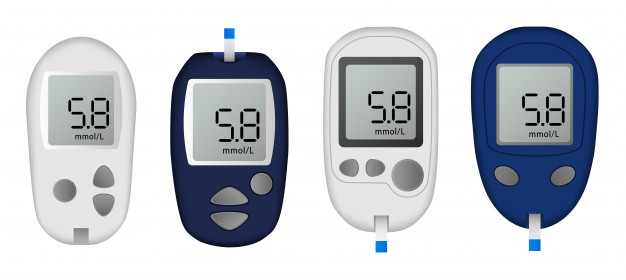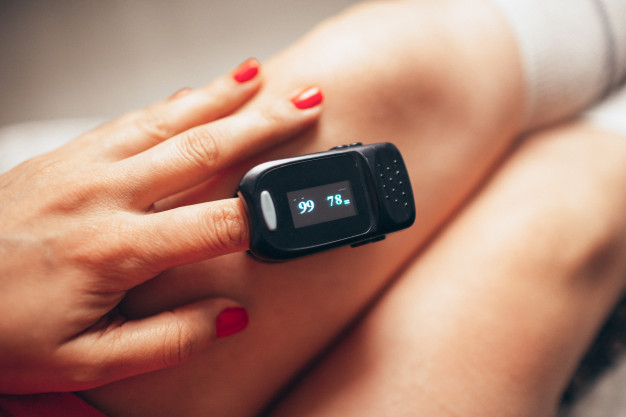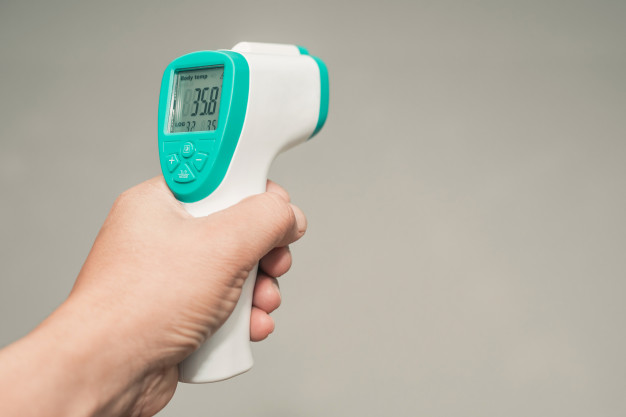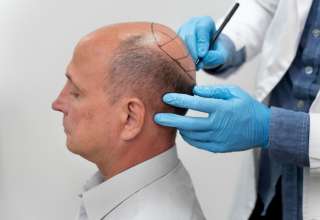We’re relient on sensors for far more in life than we realise. They’re everywhere: in our phones, cars, fridges and computers. In many ways, we’d be lost without them.
One of the industries that relies heavily on medical sensors is the healthcare sector. Medical sensors have changed the way that doctors and nurses can treat patients, providing a reliable, consistent form of monitoring and support.
In the past few years, sensors have been miniaturized and customized to become even more efficient at what they do, enabling them to take in more information at a faster rate.
Let’s look at a few of the most important medical sensors that are used widely by healthcare professionals today.
1. Blood pressure sensors
Our blood pressure is one of our vital signs. When our blood pressure is abnormal, it can indicate a number of issues inside the body.
A normal resting blood pressure is 120/80mm Hg. There are currently two kinds of blood pressure measurement: non-invasive blood pressure (NIBP) monitoring and invasive blood pressure (IBP) monitoring.
During blood pressure monitoring, pressure sensors are used to measure the pressure pulse waves of a person’s blood. These sensors provide data in the form of a blood pressure reading, which a medical professional can then use to determine whether any patient treatment is required.
2. Oxygen sensors
Oxygen sensors are used in a number of different medical applications to measure a person’s blood oxygen levels. We need approximately 75 to 100 millimeters of mercury (mm Hg) for a “normal” arterial oxygen reading. When these levels dip below 60, a patient will need to receive supplementary oxygen.
An oxygen sensor can be fitted to a ventilator, where it will monitor a patient’s blood oxygen levels and provide signals to the ventilator to adjust oxygen saturation when necessary. It is also common for oxygen sensors to be used in oxygen therapy devices for patients with COPD. You can find more information on COPD here, in this guide written by Sensoronics.
There are even portable oxygen sensors that can be worn by patients with unstable or unpredictable blood oxygen levels. These sensors can alert patients when they need to seek medical support or access their supplementary oxygen supply.
3. Temperature sensors
It’s possible to measure a person’s body temperature externally thanks to the advancement in temperature sensors. These sensors can accurately monitor a patient’s temperature without causing discomfort or being particularly invasive.
A patient’s body temperature can be measured using a range of different sensor technologies. Handheld temperature sensors are most popular, and can provide the accuracy and performance required for the job. Unlike the majority of medical sensors, temperature sensors are relatively low-cost to produce, and are sold commercially to patients as well as to the healthcare industry.
If you have ever had your temperature read, your doctor probably used a device that was pressed onto your forehead or fitted just inside your ear. These devices, also known as thermometers, use an infrared sensing element that measures your skin’s infrared energy.













